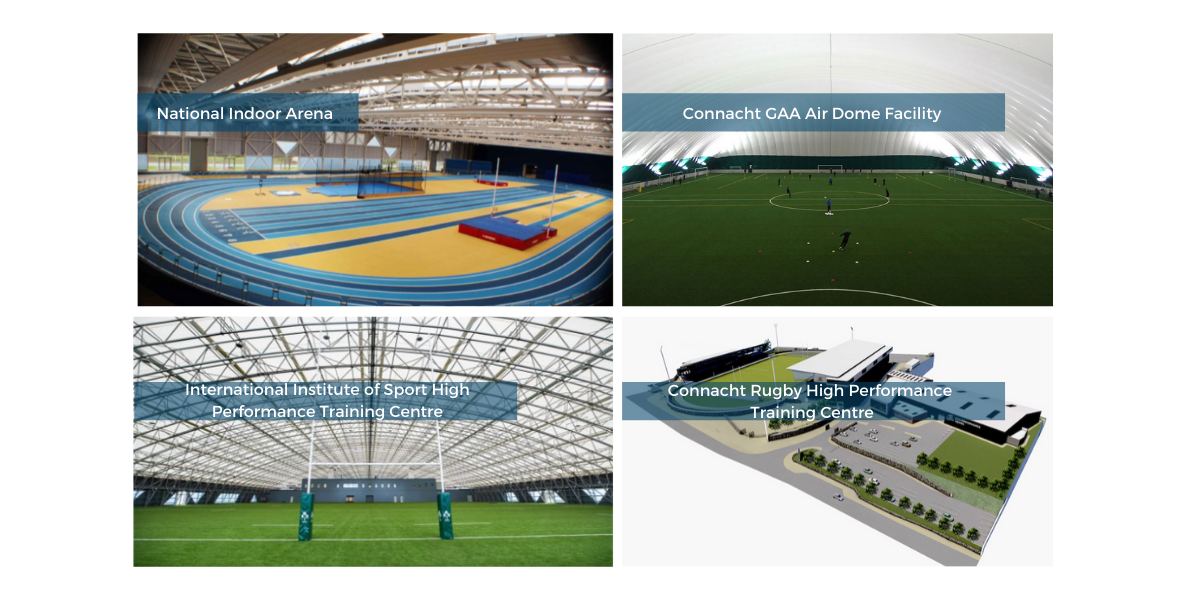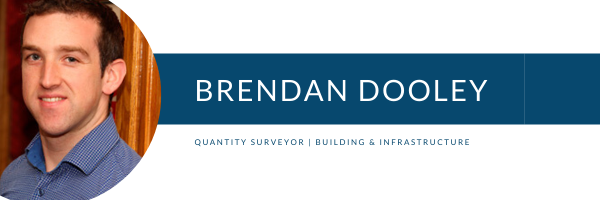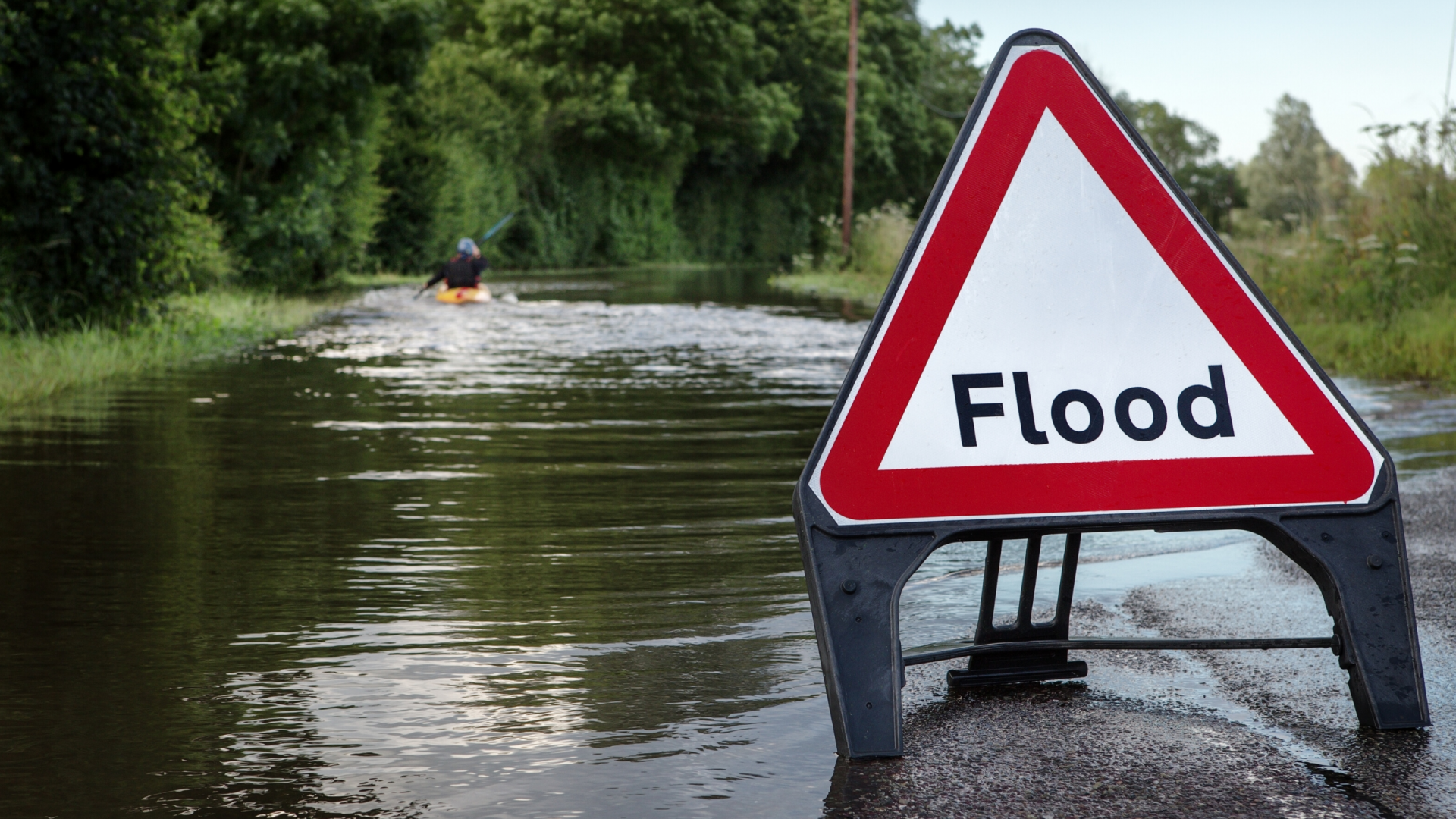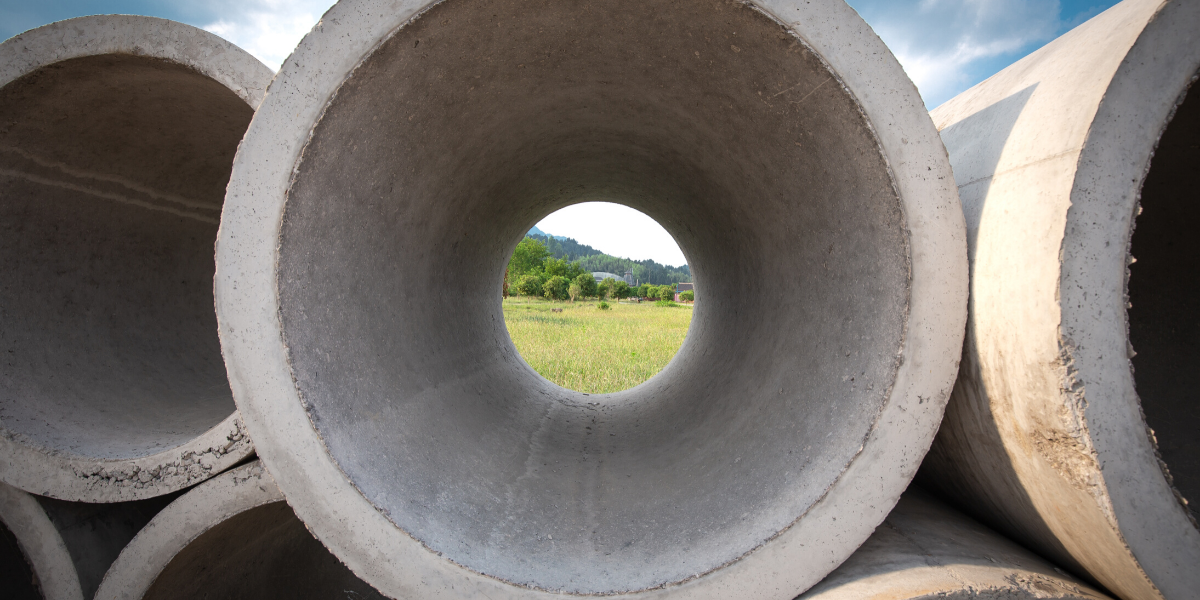
The recent announcement of the Large Scale Sports Infrastructure Funds by the Government, allows vital funding to be distributed to various organisations from the main provincial organisations within the IRFU, FAI and the local GAA club. Improvement and expansion of their facilities has brought an excitement and realisation of strategies and dreams for MANY clubs and organisations throughout the country.
The funding provided to the various clubs and societies provide much needed financial support in realising their long-term goals. Regardless of the scale of grant awarded or proposed development works, capital investment for any organisation represents significant outlay, expenditure and risk.
As clubs and organisations embark on their respective developments and journeys, it is crucial that careful planning, cost management and risk management is undertaken regardless of the scale of the development and that these organisations fully consider the pitfalls and potential risks to projects before they commence construction.
Facilities such as all-weather pitches, synthetic playing pitches or running tracks are similar in nature and a level of cost certainty can be formed from the formation level upwards once anticipated scope levels are known (obviously depending on specification of surfaces). It is the site specific aspects however which can throw up the potential of unknowns, overspends and significant cost differences from one project to the next.
Specific site conditions which need to be considered for projects include:
- Site ground conditions (for example: extent of earthworks, having to dispose of excavated materials versus re-using in the works, presence of rock, susceptibility to flooding etc),
- Presence of utilities above and below ground,
- Access to power and type of power required for floodlighting systems,
- Requirement for site infrastructure works such as new or extended car parking, footpaths or access roads,
- Requirement for maintenance sheds or compounds,
- Requirement for storage facilities for large equipment (for example athletics equipment),
- Land acquisition requirements.
In some projects, specific phasing may be a consideration which can affect works through either delayed construction works or increased costs. Particular issues may arise where works can only be completed during the off season in order to avoid closing facilities during peak periods when it is required. Temporary relocation to another facility including rental costs may need to be factored in.
A combination of the Irish climate, evolving sports science and high-performance guidelines are seeing more and more facilities being developed to allow sports to be played indoors. TOBIN have unparalled experience in the design and delivery of both permanent and temporary indoor playing structures. The National Indoor Arena, International Institute of Sport High Performance Training Centre, Connacht Rugby High Performance Training Centre and Connacht GAA Air Dome Facility are examples of facilities which TOBIN are heavily involved from a Project Management, Design and Cost Management point of view catering for various types of sports from rugby, GAA, soccer, gymnastics, athletics and boxing.

Life Cycle Costs
A key area for consideration for organisations for these developments is life cycle costs and associated running costs where these will vary according to the anticipated scope of each facility. Such items which can contribute to significant running costs include:
- Type of lighting
- Mechanical or natural ventilation
- Power requirements (i.e. air dome type structures require power to keep inflated)
- Maintenance costs
- Future replacement costs
A clear understanding of the costs involved in running and maintaining such facilities is needed before embarking on these developments. It is not recommended to spend large amounts of capital or acquiring debt if the facilities cannot be affordably run as this may affect the day to day cash flow needs for the organisations.
Procurement
Organisations in receipt of government funded sports grants must ensure that procurement guidelines and rules are followed correctly. All projects in receipt of these grants are governed by the Capital Works Management Framework which has been commissioned by the Office of Public Expenditure and Reform.
Therefore, it is imperative that organisations consider and engage suitable expertise in the Public Procurement process. While some organisations may fear the thought of public procurement processes and the various rules and regulations around them, if they are correctly strategised and administered, it can ensure that only the most suitable contractors are tendering for the works.
Items for consideration in the development of procurement strategies include:
- Programme for completion of works
- Complexity of design and works
- Level of risk on the project and who is best placed to manage that risk
Design
One of the most common reasons for cost overruns in construction projects is inadequacy or errors in designs which can lead to contractor claims for variations and delays. It is imperative that organisations and clubs engage suitably qualified and experienced design teams to prepare fully detailed and comprehensive drawings, specifications and pricing documents. Best value for money will be obtained in processing designers who have relevant and thorough experience of designing and managing similar projects. This should always form part of award criteria.
Key Recommendations to Organisations and Clubs
- Engage an experienced design team who has delivered similar facilities,
- Manage risks on the project such as ground conditions by procuring geotechnical site investigations, locate the presence of underground utilities, flood risk assessment etc.
- Develop procurement strategies to suit project,
- Prepare an outline budget and continuously update as design develops,
- Understand and evaluate the life cycle costs associated such as replacement, maintenance and running costs associated with new developments.
TOBIN are market leaders in the design, project and cost management for sporting infrastructure with experience on projects in both Ireland and the United Kingdom. Through our strong relationships with organisations such as Sport Ireland, GAA, IRFU, FAI, NUI Galway, University Limerick, IT Carlow, GMIT, Connacht Rugby, Galway United, DIT, Connacht GAA, Roscommon GAA, Mervue United, Salthill Devon FC, London GAA, Warwickshire GAA among many others, we have developed a strong portfolio of sports infrastructure projects.
We are delighted to assist your organisation in any aspect of your development from feasibility studies through to handover.



